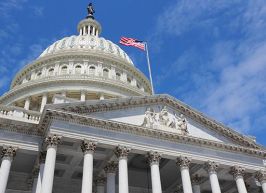Join getAbstract to access the summary!

Join getAbstract to access the summary!
Sara Miles
How to Hack a Party Line
The Democrats and Silicon Valley
FSG, 2001
What's inside?
We bet you think Silicon Valley is about high tech. Wrong, it’s about politics, power and money (just like everywhere else).
Recommendation
Sara Miles unfolds a political saga as if it were a gripping novel. The story begins with political activist Wade Randlett, who forged a coalition of Silicon Valley’s leading tech CEOs and venture capitalists to support the New Democrats. Miles starts with Randlett’s arrival in the Valley. She shows how, in 1996, Randlett lined up Bill Clinton’s opposition to Proposition 211 (allowing uncapped suits against high-tech companies), helping to swing many apolitical or Republican tech leaders to the New Democrats. Miles traces the Valley’s growing relationship with Clinton, Gore and other New Dems, which held up until the rise of George W. Bush. Miles’ fascinating story may seem like ancient history (though it’s only 1996 to 2000) now that the dot-com storms have diluted the New Economy’s power. Otherwise, getAbstract strongly recommends this intriguing look at a particular patch of political history, when the New Economy was strong, and everybody wanted to be a friend of the Valley.
Summary
About the Author
Sara Miles has covered the politics of Silicon Valley for The New York Times Magazine, Wired and Wired News. Her work has appeared in numerous publications including The New Yorker, The New York Times, Mother Jones and Out Magazine.






















Comment on this summary